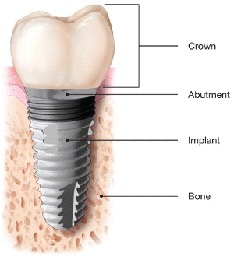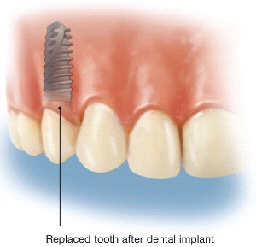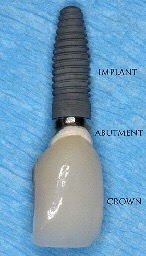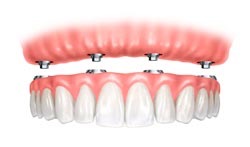What is an Extraction and Do I Really Need One?
Saving your natural tooth should always be your first choice in deciding on dental treatment. If your dentist recommends extracting your tooth, ask if an endodontist can help save it with root canal treatment. Endodontists can often save the most severely injured teeth.
Do everything possible to save your teeth before considering extraction. Nothing is as good as your natural tooth! If you are experiencing dental pain or discomfort, talk to an endodontist about your options.
If an endodontic procedure can’t save your tooth, often the only alternative is extraction. Because missing teeth can make you self-conscious, affect your ability to bite and chew, cause other healthy teeth to shift and have a negative impact on your overall health, you should consider a dental implant to replace the extracted tooth.
Our experienced staff would be happy to discuss treatment options including dental implants should this type of procedure be right for you.
Dental Implants
Dental implants provide a good alternative for the natural tooth when it must be extracted. Candidates for implants should have good general and oral health, adequate bone support in the jaw and healthy gum tissues. Chronic illnesses, such as diabetes or leukemia, may interfere with healing after surgery and prevent successful placement of an implant. Other risk factors for implant placement can include smoking, poor bone quality, long-term use of bisphosphonate medications, and low estrogen levels.
Replacing a missing or diseased tooth with an implant has several advantages:
- natural appearance
- doesn’t require dental procedures on neighbouring teeth
- reliable
A dental implant functions exactly like your natural tooth, and it is a proven alternative to help patients retain function and a beautiful smile. A dental implant (also known as an endosseous implant or fixture) is a surgical component that interfaces with the bone of the jaw or skull to support crowns, bridges, dentures and facial prostheses, or to act as an orthodontic anchor. The implant fixture is first placed so that it is likely to integrate into the bone, then a dental prosthetic (crown, bridge, denture) is added.
There are a wide variety of implant methods. After an endodontic evaluation with the patient, the type of implant needed is determined for the particular tooth and site of the replacement. Some implants can be fully placed in a one-day procedure.
Most implants involve two or three steps and multiple appointments. First, the implant is placed into the jaw and the gum is secured over the implant. Over the next three to six months, the implant will fuse with the jaw bone. Once the sites are healed, the implant acts as the foundation for the new tooth. In the final step, the dentist or specialist makes a crown in the right size, shape and colour to match your natural teeth. The crown is attached to the implant post.
We are always happy to explain implant procedures to you and in any detail that you require. Just ask our staff for more information if necessary.




